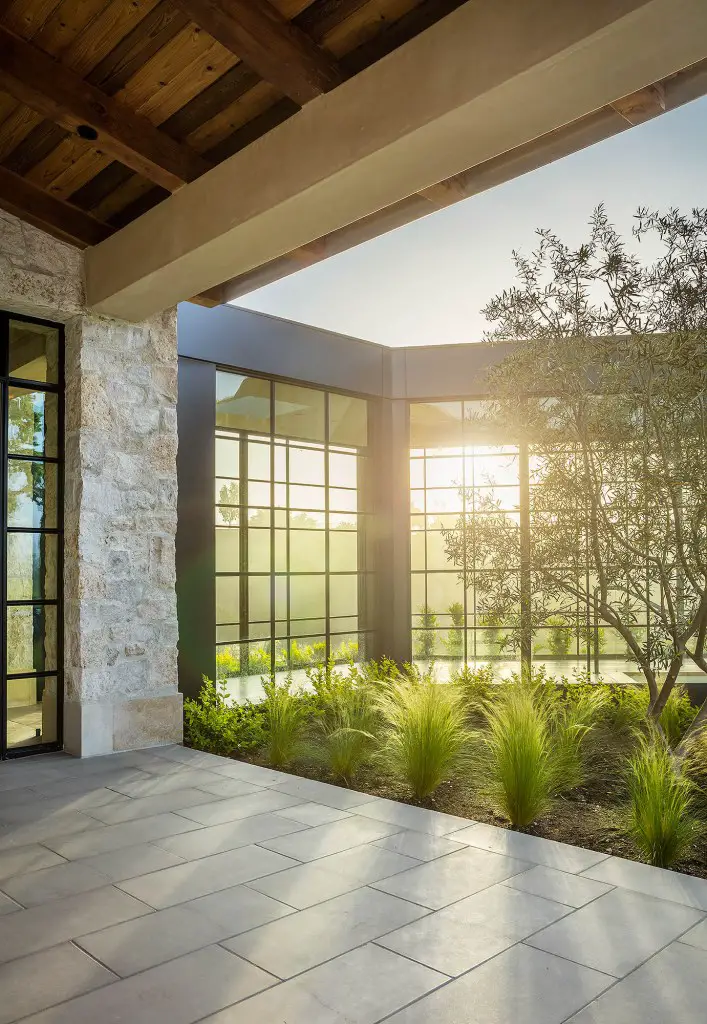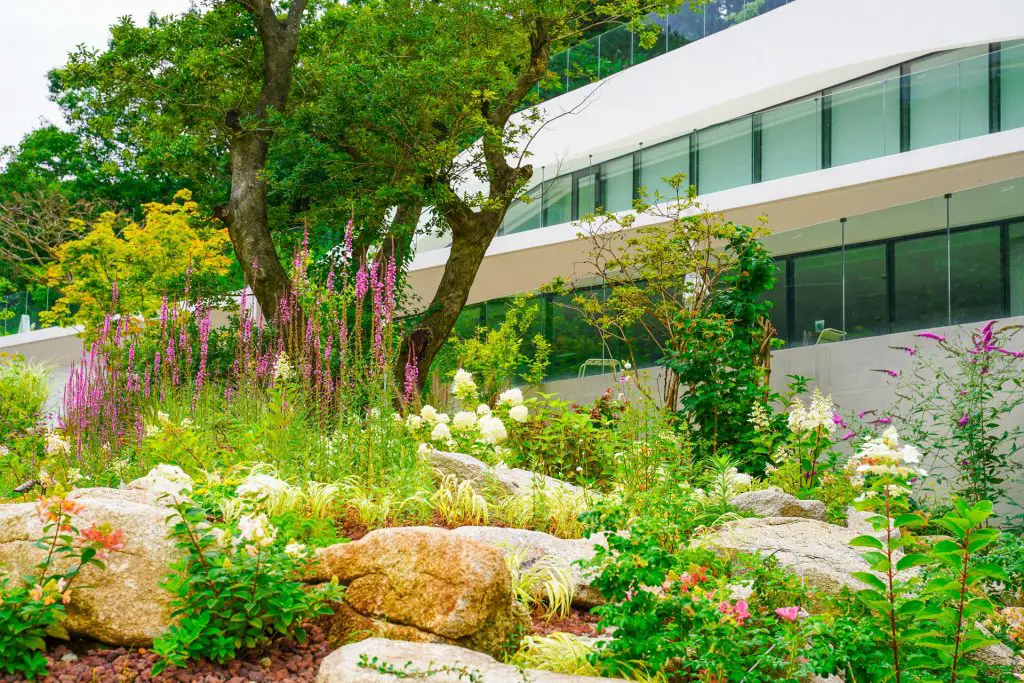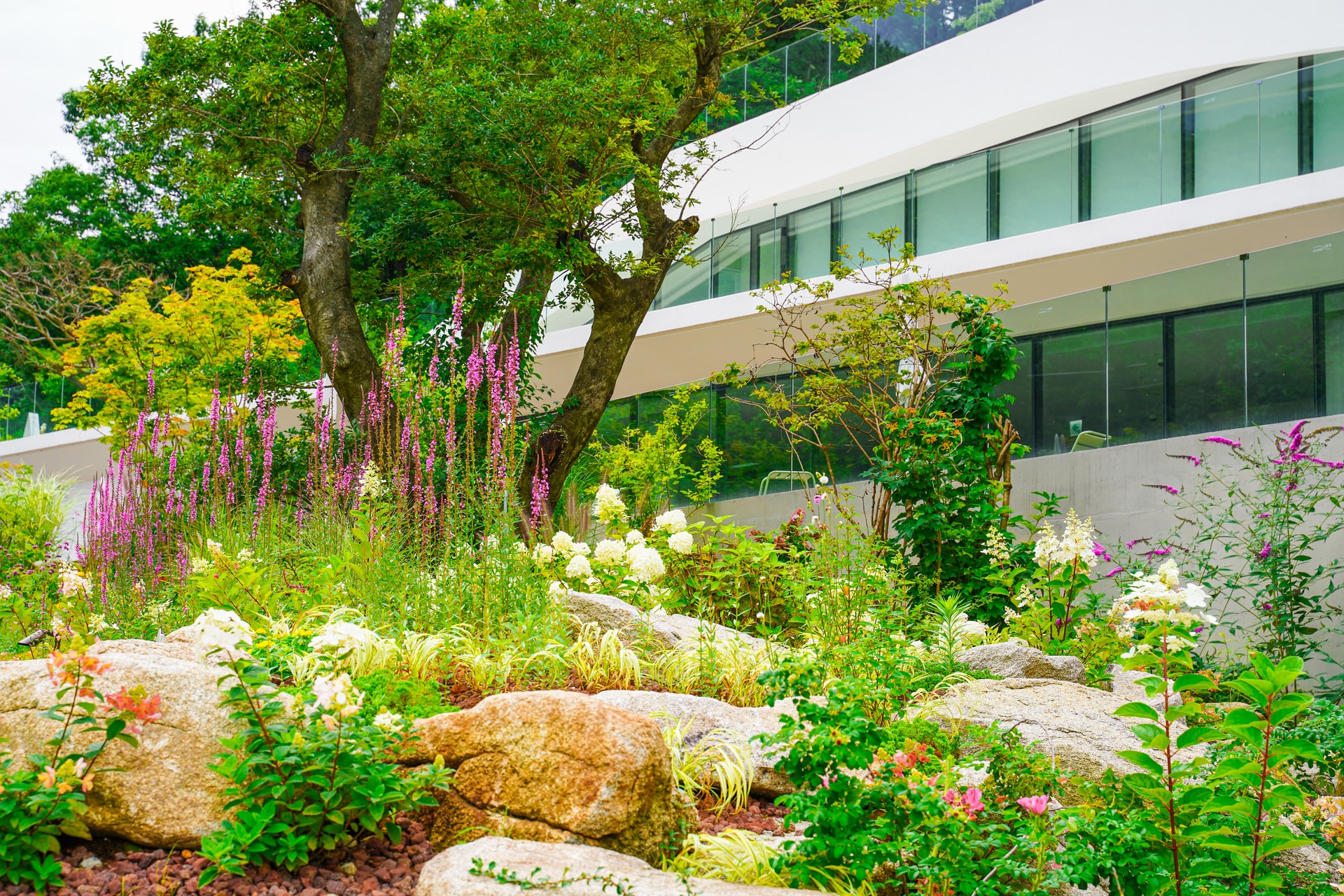Americans are moving in droves into their green spaces. USA Today report that landscaping, vegetable growing, gardening and general green space activity has surged since mid-2020, a reflection of the new-found appreciation that many Americans have created for their areas of nature. This is a great opportunity to landscape, and with that comes the opportunity to set down roots that last the test of time. When crafting a new outdoors space, building it with progressivism in mind will ensure that the new landscape created is one in tune with nature.
The power of trees

Trees and their inherent power cannot be understated. They bind together soils, they act as a carbon sink, they provide natural shade, and they beautify everywhere they are planted. They are also an economic wonder – according to Washington State Urban Greening Research, large trees can improve house value by 3% to 15%. If you’re re-adjusting your green areas, first look at the trees existing. It’s important to look out for many of the signs of a sick tree, such as root and needle diseases. While a sick tree is not necessarily a bad thing – the cycle of nature means that it will contribute to the ecosystem of the area – it might be an eyesore in years to come. A professional should assess your trees before any work is undertaken, so that they can be repaired or removed if required.
Futuristic windbreaks

Plants have long provided a huge benefit to houses by acting as windbreaks. Even more so than a fence or wall, plants absorb and disperse energy from the wind, stopping it from chilling the home, or whisking heat away. Windbreaks are effective; one study found that they have a satisfaction of between 72% and 99% among agricultural consumers, one of the toughest audiences to please. Lately, many landscapers have looked to implement natural curves to the garden that can help to break the wind flow up. Like natural steppes, or terraces, they can disperse energy even in flat areas.
A wild garden

The American lawn is attractive, but it is also ecologically damaging. It does a lot more work for the environment than concrete or fake turf, for sure, but it also damages biodiversity and stops insects from enjoying the natural plants to their full effect. According to AZ Central, lawns are the most common ‘crop’ in the USA, covering an area larger than the state of Georgia. A very simple way to landscape in an eco-friendly way is through wilding your lawn. Use wildseed and flowers to attract bees and other insects. Allowing natural growth of mushrooms in the soil will help to break down weeds and be a natural herbicide.
All-in-all, you want to create a green space that is fit for nature. The rewards for you, as the homeowner, will be palatable. A more energy-efficient home; a wild garden that draws in the senses; and a much more valuable home, fit for the future.
Thanks to all the companies linked above.

Leave a Reply